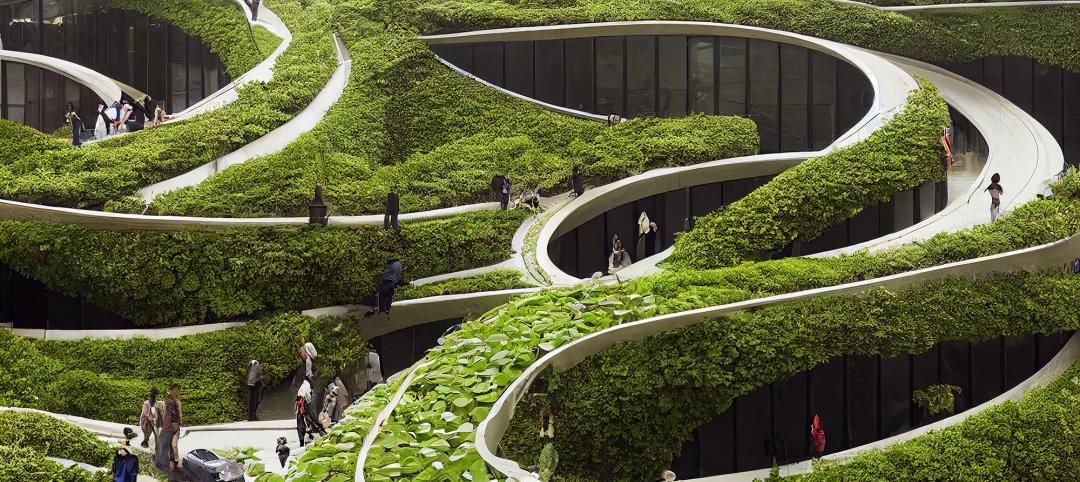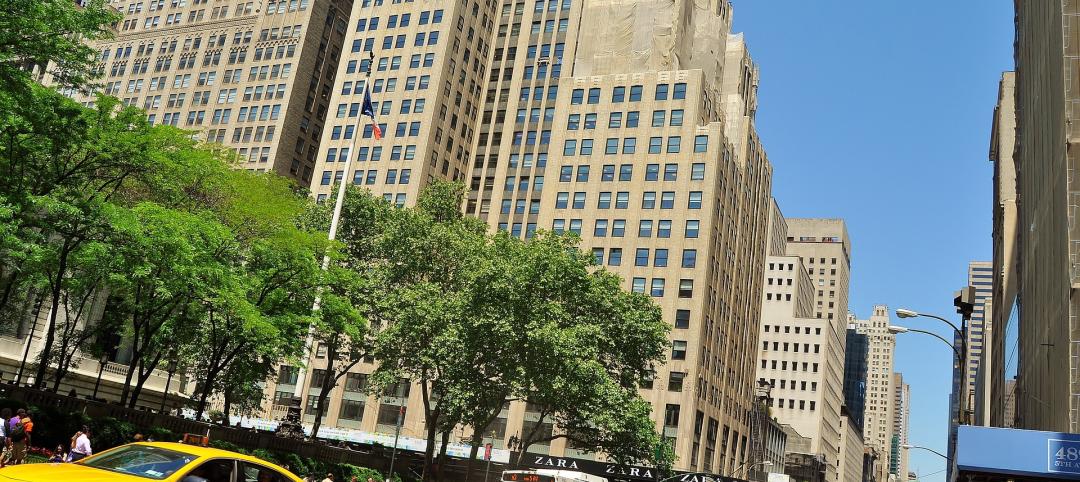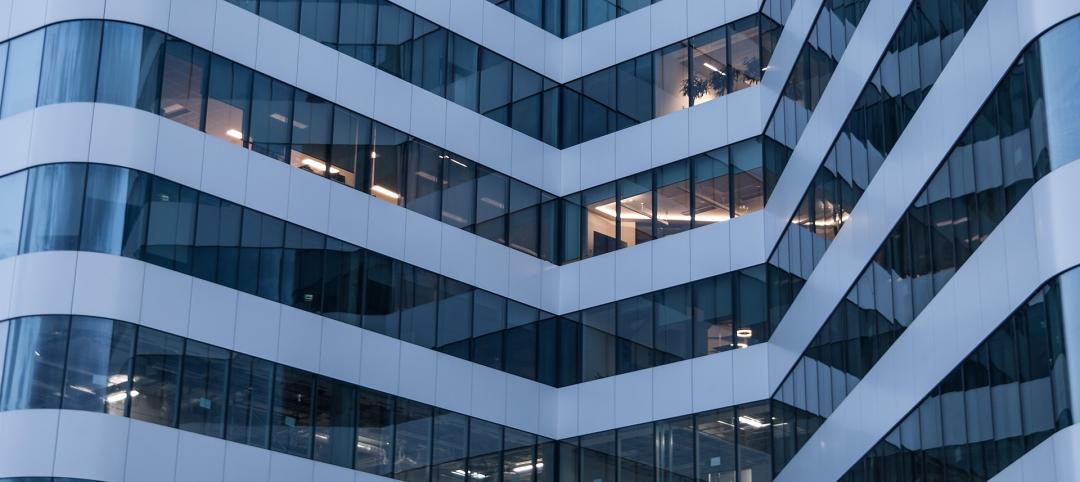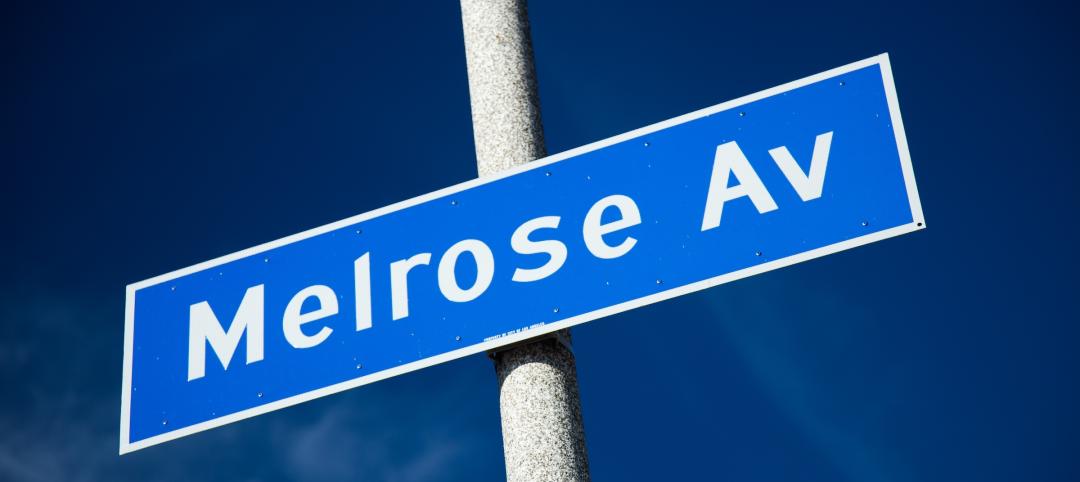The Green Building Initiative (GBI) today announced the launch of a new certification program specific to design of interiors of commercial and institutional buildings, according to GBI president Jerry Yudelson.
The new program, Green Globes for Sustainable Interiors, focuses exclusively on the sustainable design and construction of interior spaces in non-residential buildings and can be pursued by both building owners and individual lessees of commercial spaces. When pursuing Green Globes for Sustainable Interiors certification, tenants can focus on both designing new and/or improving their existing interior space to Green Globes standards without the need to certify an entire building.
“One of the aspects that makes Green Globes for Sustainable Interiors so versatile–and practical–is that it enables tenants to certify the specific environmental and sustainability attributes of the space they lease,” Yudelson said. “Other certifications include aspects of the entire building and surroundings, and as a result, tenant improvements can be penalized for conditions they do not control.”
As with all Green Globes rating programs, Green Globes for Sustainable Interiors utilizes a third-party assessor who reviews actual building characteristics and documentation. However, Green Globes for Sustainable Interiors has no prerequisites, which – if required – could unfairly penalize building projects and possibly result in their inability to use a green building rating system. The Green Globes for Sustainable Interiors program requires that interior designers and tenant project teams address only those sustainability criteria within their “domain of influence.”
The Green Globes 1,000-point scale utilizes weighted criteria; the assigned number of points for individual criteria reflects their relative impact and/or benefit to sustainability of the tenant improvements. Green Globes for Sustainable Interiors includes six environmental assessment areas: Project Management, Energy, Water, Materials & Resources, Emissions and Other Impacts, and Indoor Environment.
In addition to assessing all elements of an interiors project, Green Globes for Sustainable Interiors emphasizes the key performance indicators (KPIs) of energy, materials and indoor environment. Green Globes for Sustainable Interiors does not deal with site characteristics, instead focusing all criteria on parameters within the scope of a typical tenant improvement, resulting in lower costs for certification.
Similar to the Green Globes for New Constuction program, Green Globes for Sustainable Interiors includes a dual-pathway approach to materials choices for interior fit-outs, utilizing either lifecycle assessment (LCA) or Environmental Product Declarations (EPDs). Interior designers are rewarded for using multi-purpose furniture, modular furniture and casework solutions, and other interior fit-out elements that can be easily reconfigured. Additional points are awarded for reuse of existing interior fit-outs, including finishes, furnishings, and other non-structural elements. The Green Globes for Sustainable Interiors rating system also includes direct reference to other industry standards such as the new “level” sustainability standard of the Business and Institutional Furniture Manufacturers Association (BIFMA).
“The Green Globes for Sustainable Interiors program will be especially attractive to tenants who want to improve their workspace sustainability in situations where a landlord does not plan to address changes in other tenant or common spaces,” Yudelson said.
For more information on Green Globes for Sustainable Interiors visit http://www.thegbi.org/green-globes/sustainable-interiors.shtml, or download a PDF on the program here: http://thegbi.org/URL
About the Green Building Initiative
The GBI is a nonprofit organization and American National Standards Institute (ANSI) Standards Developer dedicated to accelerating the adoption of green building practices. Founded in 2004, the organization is the sole U.S. provider of the Green Globes® and federal GBI Guiding Principles Compliance building certification programs. To learn more about opportunities to become involved in the GBI, contact Jerry Yudelson or visit the GBI website, www.thegbi.org.
Related Stories
Cultural Facilities | Aug 21, 2024
Baltimore’s National Aquarium opens 10,000-sf floating wetland that mimics the harbor’s original tidal marsh habitat
The National Aquarium in Baltimore has opened the National Aquarium Harbor Wetland, a 10,000-sf floating wetland that mimics the Inner Harbor’s original Chesapeake Bay tidal marsh habitat. Located between Piers 3 and 4 on Baltimore’s Inner Harbor, the $14 million project features more than 32,000 native shrubs and marsh grasses.
Mixed-Use | Aug 21, 2024
Adaptive reuse of a Sears store becomes luxury mixed-use housing
6 Corners Lofts at 4714 W Irving Park Road, Chicago, Ill., opened in March of 2024 as a 394,000-sf adaptive reuse project born out of a former Sears store.
Building Materials | Aug 19, 2024
Federal 'buy clean' construction materials label program unveiled
The U.S. Environmental Protection Agency announced a plan for implementing a new label program to boost American production of more climate-friendly construction materials and products. The label program will prioritize steel, glass, asphalt and concrete.
Museums | Aug 19, 2024
The Tampa Museum of Art will soon undergo a $110 million expansion
In Tampa, Fla., the Tampa Museum of Art will soon undergo a 77,904-sf Centennial Expansion project. The museum plans to reach its $110 million fundraising goal by late 2024 or early 2025 and then break ground. Designed by Weiss/Manfredi, and with construction manager The Beck Group, the expansion will redefine the museum’s surrounding site.
AEC Tech | Aug 19, 2024
Harnessing AI to revolutionize architectural design and creativity
Architects are wondering if AI will replace us. For Vessel, the gains offset the fear. We believe there is wisdom in the unattributed quote, “You won’t lose your job to AI. You will lose your job to someone using AI.”
Reconstruction & Renovation | Aug 19, 2024
Movement to protect historic buildings raises sharp criticism
While the movement to preserve historic buildings has widespread support, it also has some sharp critics with well-funded opposition groups springing up in recent years. Some opponents are linked to the Stand Together Foundation, founded and bankrolled by the Koch family’s conservative philanthropic organization, according to a column in Governing magazine.
Government Buildings | Aug 19, 2024
GSA posts new RFI for enabling energy efficiency, decarbonization in commercial buildings
The U.S. General Services Administration (GSA), in collaboration with the U.S. Department of Energy, recently released a new Request For Information (RFI) focused on enabling energy efficiency and decarbonization in commercial buildings. GSA wants to test innovative technologies through GSA’s Center for Emerging Building Technologies.
MFPRO+ New Projects | Aug 16, 2024
At 60 stories, the Paramount multifamily development will stand as Nashville’s tallest high rise
When complete, the 60-story Paramount building, at 750 feet high, will be the tallest high rise tower in Nashville, Tenn., surpassing the city’s current record holder, the 617-foot AT&T Building. The $390 million Paramount project recently launched condo sales after securing more than $230 million in construction financing.
Urban Planning | Aug 15, 2024
New York City begins first large-scale porous pavement installation
New York City is installing its first large-scale porous pavement installation along seven miles of roadway in Brooklyn. The project will keep 35 million gallons of stormwater out of the combined sewer system each year, according to a news release.
Urban Planning | Aug 15, 2024
The magic of L.A.’s Melrose Mile
Great streets are generally not initially curated or willed into being. Rather, they emerge organically from unintentional synergies of commercial, business, cultural and economic drivers. L.A.’s Melrose Avenue is a prime example.
















